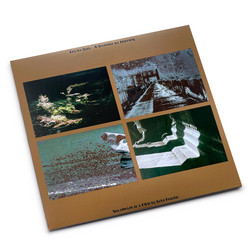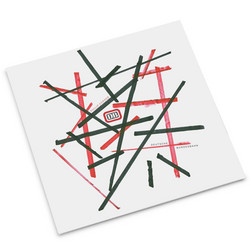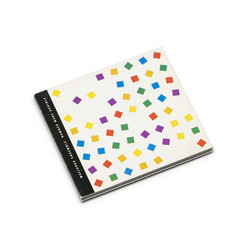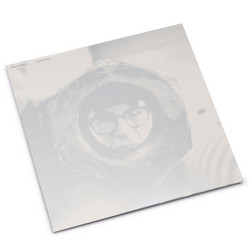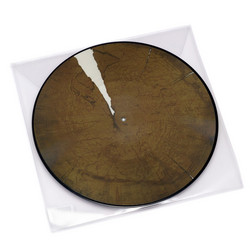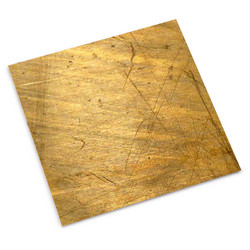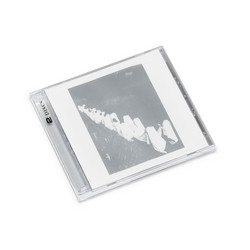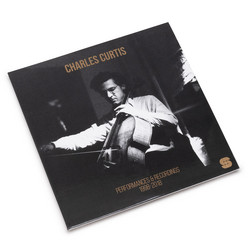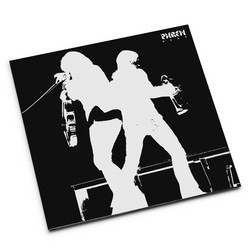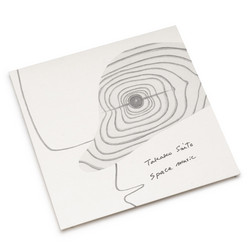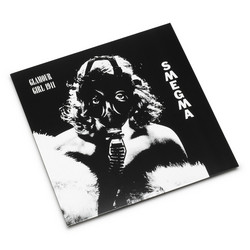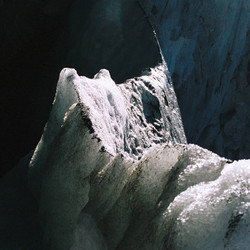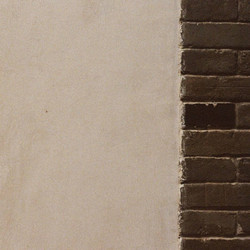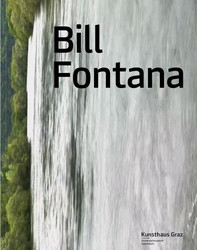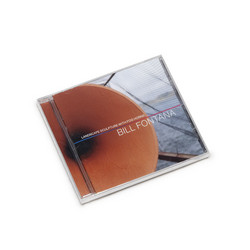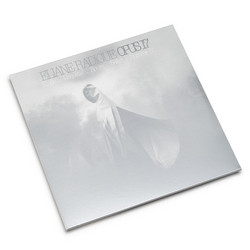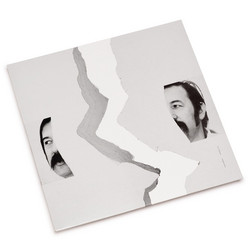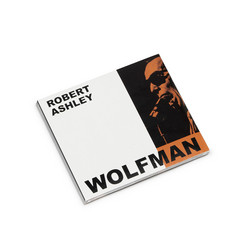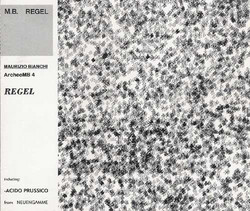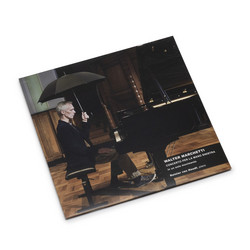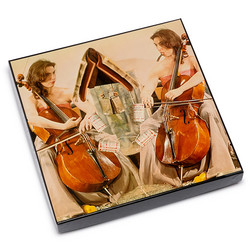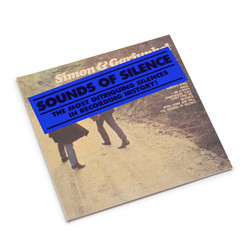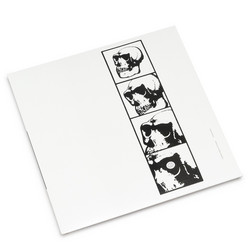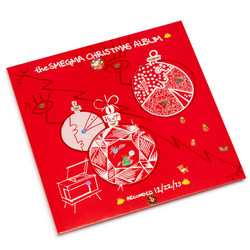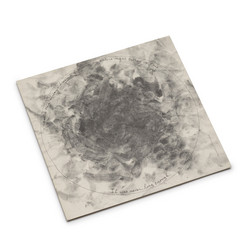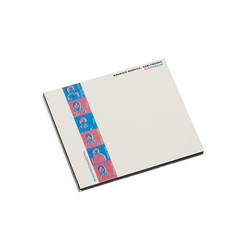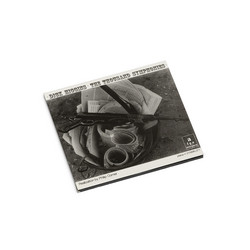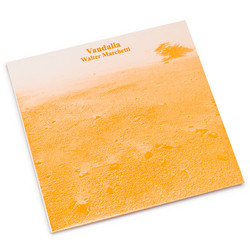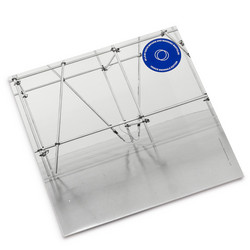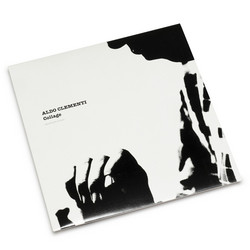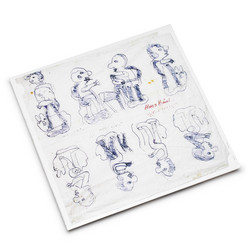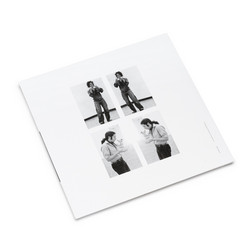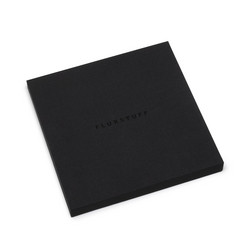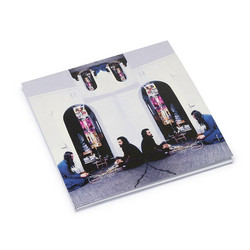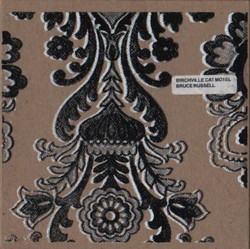* 232 copies. Comes with a insert * 1968. In a basement music room of the New School for Social Research - a space haunted by the lineage of American experimental music, Malcolm Goldstein, Richard Maxfield, and behind them all, John Cage - Bill Fontana recorded investigations into the physics of perception itself on little tape reels. Thirty years later, Venice, 1998. Philip Corner placed headphones over Fontana's ears at the Peggy Guggenheim Foundation and played him these recordings. What emerged from those reels was not the work of a composer building structures, but of an artist investigating the physics of perception itself. Using college-surplus materials, Fontana had created pieces where sound became simultaneously its own material and the continuous force acting upon it. Side A, entitled Toy Tape Recorder Suite, collects these collage experiments - sound as both subject and commentary, tape loops in contrapuntal collision.
Side B presents Wave Spiral, for 5 rin gongs - a sidelong, 21-minute piece that stands as the centerpiece of this release. Recorded in the mid-1970s and first presented in Australia in 1977, this work reveals how Fontana's investigations evolved toward working with the distinct physical dimensions of different frequencies. As Fontana himself articulated in 1977, "different frequencies have distinct physical dimensions." Wave Spiral operates as a demonstration of this principle through the acoustical properties of pure sine waves. When a sine wave is played in an environment having sound reflections - a normal room - the reflecting sine wave is distributed throughout the space according to a spectrum of possible phase relationships. These phase relationships create interference patterns, giving the sound what seems to be physical dimensions.
The piece unfolds as an exploration of how frequency itself becomes sculptural. Like someone announcing "I am waveform" - becoming the vibration itself, inhabiting the frequencies rather than merely generating them - Fontana's work suggests a dissolution of boundaries between observer and phenomenon. Across its 21-minute duration, the rin gongs generate sustained waves that spiral outward and inward simultaneously, their overtones interacting with the listening space to create what Fontana would describe as a "definition of motion interacting with a particular acoustic environment." The spiral - ancient symbol of expansion and return, of cycles within cycles - manifests here not through tape manipulation but through the acoustic behavior of metallic resonance in space. This is sound rendered as tangible phenomenon, frequency made visible through its physical impact on the listening environment. These recordings have remained unheard for decades, existing only in Fontana's archive. Their appearance now allows us to trace the development of an artist discovering that to work with sound was to investigate its physical dimensions, to understand that frequency and space are inseparable - that sound sculpture begins not with installation but with the fundamental recognition that all sounds exist as waves interacting with architecture itself.
